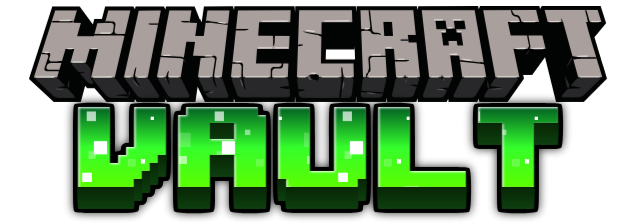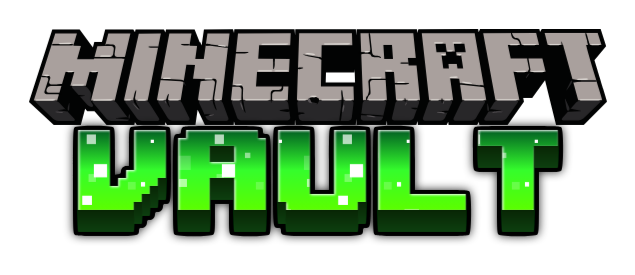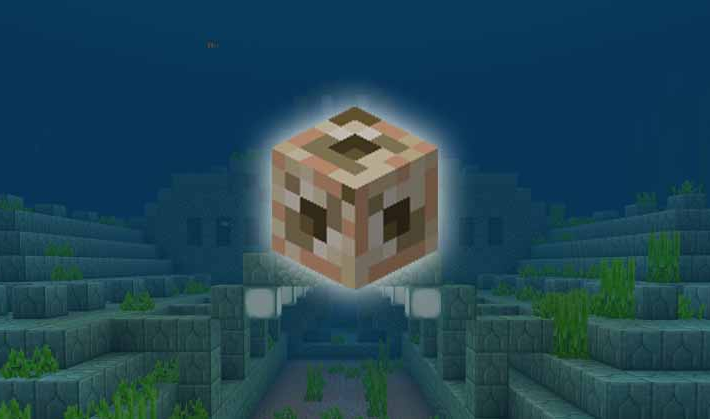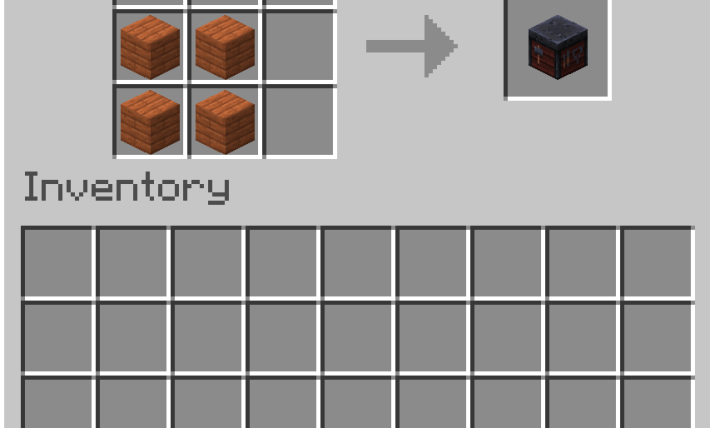Table of Contents
What is a trident?
A trident is a rare and quite difficult to obtain weapon in Minecraft. It can be used for both melee (similar to swords and axes) and ranged combat (similar to bows and crossbows). Melee attacks do 4.5 hearts of damage, while their ranged attacks do 4 hearts of damage. In Java, they have an attack speed of 1.1.
How can I obtain a Trident?
Tridents are a very rare weapon to obtain, which makes it quite tricky to obtain one. The most common way to obtain a trident is by defeating a drowned, which looks like an underwater zombie. They spawn in oceans, rivers, and dripstone caves when the light level is 0. Roughly 15% of drowned spawn have a trident in hand, and you have an 8% chance of obtaining it when killing a drowned with one in hand. Tridents dropped in this method have different durability upon looting, sometimes being very close to breaking, so be careful. Drowned can also have enchantments on their tridents, but these will not affect the drowned.
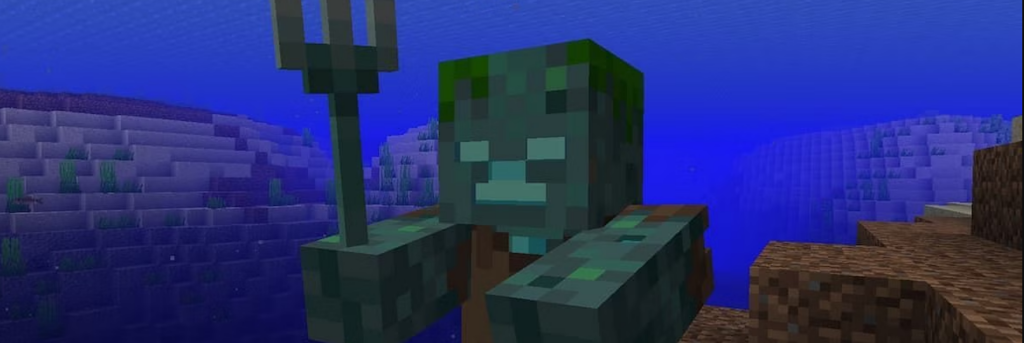
If you use Minecraft Bedrock Edition, you can also have a chance to trade drowned for their tridents. By dropping a nautilus shell on an unagroed drowned, you have a chance for the drowned to trade its trident for the shell. Doing this will reward you with one that’s full durability!
Tridents can also be obtained by collecting one that has been thrown by another player. This does not work if the player has loyalty, however. This method also does not work on the ones thrown by the drowned, either.

How do I repair a trident?
There are two main ways of dealing with repairing these rare weapons.
The first way is by putting two damaged tridents in a crafting table together. This will give you a repaired one depending on the durability of both tridents you put into the table. It is important to note that this method will remove enchantments from it, so it’s best to use this method on unenchanted ones only.
The main way most players repair tridents is by applying the mending enchantment to them. The mending enchantment repairs the weapon whenever the player receives XP. There are quite a few ways to potentially gain this enchantment.
Players can obtain the enchantment from villager trades with librarian villagers. By breaking and placing down the librarian’s lectern, you can reset their trades. This can be done an infinite number of times by trapping the villager in a small space and constantly breaking and replacing the lectern. However, once you purchase anything from that librarian, the trade will be locked, regardless of whether it is reset.
You can also find the mending enchantment in raid loot (in Minecraft bedrock only) or by fishing, which gives you a random chance of obtaining the enchantment. It can also be found in chests in areas such as strongholds, ancient cities, and jungle temples.
Once you receive the enchanted book with mending, you can use an anvil to apply the enchantment to your trident. Now you can start using it without much worry!

What enchantments can be used on a trident?
There are seven enchantments that can be applied to any trident in Minecraft. All of them do a variety of things and are useful in their own ways. Most of these enchantments can be obtained from an enchanting table, but some cannot.
Riptide
The first is the riptide enchantment, which allows the player to launch themselves with the trident whenever it is thrown. This can only be done whenever the player is in the water or in the rain; it does not activate when it is snowing. Players can also collide with other players, which deals the tridents throwing damage, bypassing the defense of shields. You can also use riptide to travel faster with an elytra during the rain instead of using fireworks. It is important to note that you can’t use this enchantment with loyalty or channeling.
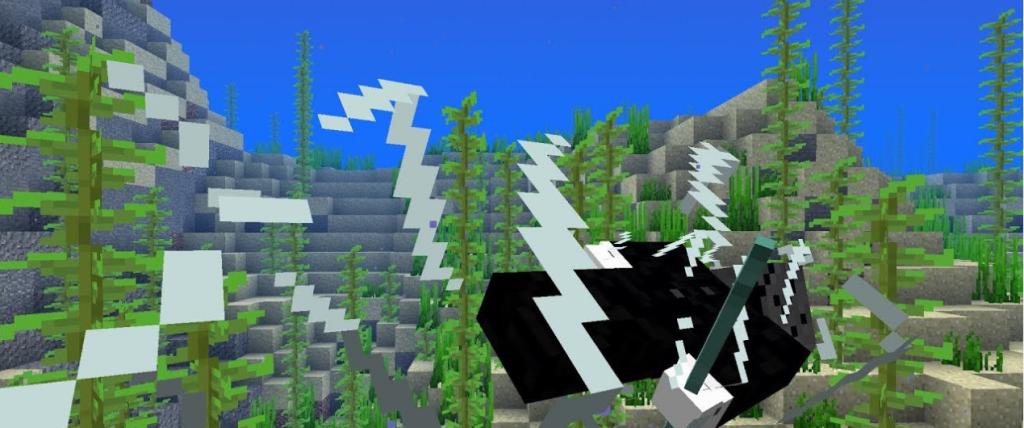
Loyalty
The second major enchantment for tridents is the loyalty enchantment. This will cause the item to be bound to the player, and it will return after the player throws and hits something. The higher the enchantment level, the faster it will come back to the player. It will always return in a straight line, ignoring block collisions.
This effect will not work across multiple dimensions, meaning if you throw a trident in the overworld, then go to the nether, it will not return to you until you go back to the overworld. In bedrock, loyalty causes it to return after entering the void, but in Java Edition, they will break. As mentioned previously, this enchant cannot be used with riptide.
Channeling
The third enchantment is channeling. What this enchantment simply does is cause a lightning bolt to strike whatever a thrown trident hit. For this to work, it must hit an entity for the effect to happen. This enchantment comes with a few restrictions, such as only being usable above ground in the overworld. This enchantment can also only be activated during thunderstorms. The enchantment is especially beneficial for niche reasons, such as turning creepers into charged creepers.
Impaling
The fourth enchantment is impaling, which allows the player to deal more damage to mobs. This, however, is restricted and depends on the version of the game you play. In the Java edition, it will only affect aquatic mobs, such as axolotls, guardians, pufferfish, etc. Note that this does not include drowned, as they are an undead type mob. In bedrock, the extra damage is applied to all mobs in water, including in the rain.
Unbreaking
The fifth enchantment you can use is unbreaking. This simply makes it so that your items durability goes down slower. This is always useful in most situations and is a common enchantment in Minecraft.
Mending
The sixth enchantment is mending, which is a rarer but still common enchantment in Minecraft. This will be an important enchantment for making sure you don’t have to replace your items, especially if you decide to put other enchantments on it. To learn how the enchantment works, you can check out the article above about repairing a trident.
Curse of vanishing
The seventh and last enchantment is the curse of vanishing. This makes it so that when the player dies, the item disappears completely, essentially being deleted from the world. This is a high-risk enchantment that could be good in scenarios where players may lose items to other players. This can be avoided by storing the item or dropping the item naturally before death, as the curse only triggers when the player dies with the item on hand.
